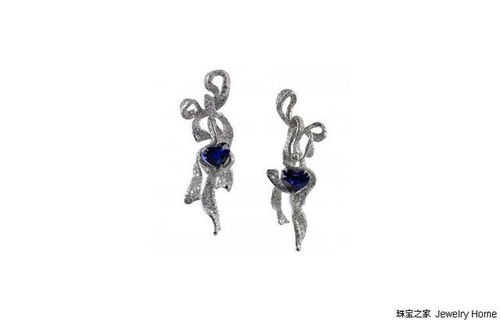Introduction:
Bream fishing, with its serene atmosphere and the thrill of reeling in a feisty catch, has captivated anglers for generations. Among the many species that anglers seek, the bream is particularly sought after for its fighting spirit and delicious taste. This article, accompanied by a detailed video guide, will delve into the essential techniques for successfully catching bream, providing you with the knowledge and skills to become a seasoned bream fisherman.
Understanding Bream Behavior:
Before we delve into the fishing techniques, it's crucial to understand the behavior of bream. Bream are bottom feeders that often inhabit shallow waters, feeding on insects, worms, and small fish. They are known for their cautious nature and can be quite elusive. To catch bream, you need to be patient and adapt your techniques accordingly.
Choosing the Right Equipment:
The equipment you choose can significantly impact your success rate. Here's what you'll need:

- Rod and Reel: A medium-heavy rod with a fast-action tip is ideal for bream fishing. A spinning reel with a good drag system is also essential.
- Line: Use a monofilament line with a breaking strain of 6-10 pounds. This line is flexible enough to handle the light bites of bream.
- Hooks: Small to medium-sized hooks, typically 8-14, are best for bream. These hooks are designed to catch the bream without damaging them.
- Lures and Baits: Live bait like worms, maggots, or small fish can be effective. Artificial lures like spinners or soft plastics can also entice bream.
Locating Bream:
Bream are often found in areas with plenty of cover, such as reeds, lily pads, or rocks. They also tend to congregate around structures like bridges, docks, or submerged trees. To locate bream, you can use a combination of visual observation, electronic fish finders, or by asking local anglers.
Fishing Techniques:
- Still Fishing: This is the most common method for catching bream. Cast your bait out and allow it to sink to the bottom. Then, slowly retrieve it by lifting the rod tip slightly and allowing the line to drop back down. Keep a close eye on your line for any signs of a bite.
- Trolling: Trolling can be an effective way to cover more water and attract bream. Attach your lure to a weighted line and slowly pull it through the water. Adjust the speed based on the depth of the water and the behavior of the bream.
- Float Fishing: This technique involves using a float to keep your bait at a specific depth. It's particularly useful in clear water where bream can be easily spooked. Adjust the float to match the depth at which bream are feeding.
Baiting Techniques:
- Live Bait: Live bait, such as worms or maggots, can be highly effective for bream. Ensure the bait is fresh and lively, as this will attract more fish.
- Artificial Lures: Soft plastics, spinners, and other artificial lures can mimic the movement of natural prey. Experiment with different colors and sizes to see what works best in your particular fishing spot.
- Dead Bait: Some anglers prefer using dead bait, such as small fish or strips of meat. This can be an effective method, especially in areas with a lot of competition for live bait.
Video Guide:
To help you master these techniques, we have prepared a comprehensive video guide. The video covers everything from choosing the right equipment to advanced fishing techniques. Here's a brief overview of what you can expect:
- Equipment Selection: A detailed look at the rod, reel, line, hooks, and baits that are best suited for bream fishing.
- Fishing Techniques: Step-by-step instructions on still fishing, trolling, and float fishing, with tips on how to adapt these techniques to different conditions.
- Baiting Techniques: Demonstrations of how to rig live bait, artificial lures, and dead bait, along with tips on how to present your bait effectively.
- Location and Behavior: Insights into where to find bream and how to read their behavior to increase your chances of a successful catch.
Conclusion:
Catching bream can be a rewarding and enjoyable experience, provided you have the right knowledge and techniques. By following the tips and techniques outlined in this article and the accompanying video guide, you'll be well on your way to becoming a skilled bream fisherman. Happy fishing!












